Sewing Machines Are In My Blood
Family History & How I Got Involved The Sewing Machine Business
Greetings everybody,
I originally published a version of this article on July 2nd of this year, not long after The Sewing Machine Newsletter originally launched on Substack. Back then we only had 87 readers. Now there are more than 3,500. If you are a sewing machine enthusiast, and/or you’re fond of learning about interesting family history, then I think the following article is something you’ll enjoy.
Thank you for reading. It means a lot.
-Cale
When people ask me what I do for work, they are often taken aback by the answer I give them: “I work at a shop that sells and repairs sewing machines.”
I understand their surprise. The average person is typically not aware of how many people sew as their main hobby and is shocked to hear that the sewing machine industry even exists. Once I inform them that the industry not only exists but that it is thriving, their surprise turns to me as an individual because I don’t really look the part. I’m a 29-year-old guy who has never made a garment from scratch, but will talk ad nauseam about the right machine to equip yourself with if you want better results sewing knits. I’ve never made a quilt, but I can talk pros and cons of Bernina built-in dual feed vs Janome’s AcuFlex walking foot all day long. I don’t even own a sewing machine myself, but I know how to fix them and am acutely aware of an entire sewing machine landscape that most people don’t know exists. And I could talk about it for hours. Literally, hours.
It begs the question, how did I get involved in the sewing machine business in the first place? To answer that in full, I have to go back several generations into my family history.
Family History
My great-grandfather, Stypik Schönberg, grew up in the city of Krakow (modern-day Poland) in the early 20th century. His family owned and operated a well-known shop on Grodzka Street (one of the oldest streets in Krakow) that sold high-quality fabric used for making suits and shipped these fine fabrics all over the world. Stypik was one of seven children. Hd worked for the family business, but eventually went off to university where he was educated as a mechanical engineer. By way of an arranged marriage, Stypik wed Lily Freund, the daughter of a relatively well-to-do family that owned a factory in Argentina. Because Stypik was educated as a mechanical engineer, a provision of the arrangement was that the newlywed couple would move to Argentina and Stypik would run the factory.
The move to Argentina was a true fork-in-the-road event. Not long after Stypik and Lily set out across the Atlantic, the Nazis invaded Krakow and destroyed the family business on Grodzka Street. Most of Stypik’s family were murdered in Holocaust concentration camps, though a few managed to escape to Russia and other parts of Europe. There is some family lore that Schönberg kin refuged in middle-of-nowhere Siberia would miraculously receive a package of goods from Argentina, sent by Stypik. How he managed to locate them amidst the chaos of World War II, I do not know.
There are so many different angles at which you can look at historical events, even family history like this. Obviously, Stypik and Lily’s move to Argentina right before the war began was extremely fortunate timing. Upon further reflection, I think of Stypik sending goods from South America to Europe, and how those goods were purchased with money earned from running the factory. And now to tie this all together — the factory — what exactly did it manufacture? Unique sewing machine components for Husqvarna AB of Sweden, one of the largest sewing machine manufacturers in the world.
Down in Argentina, Stypik and Lily had three children: Vera, Ines, and my grandfather Ramon.
As the eldest child and only son, Ramon was destined to eventually take over the factory. When he came of age, he moved to Switzerland where he was educated as a mechanical design engineer. During his time in Europe, he travelled to England where he met a beautiful young British woman named Doreen. Doreen was apparently engaged to a sailor at the time, but Ramon stole her heart and the engagement was called off. She moved back to Argentina with Ramon, where he took over duties as boss of his father’s factory. In addition to manufacturing sewing machine parts for Husqvarna, the factory also began manufacturing a sewing machine called MADEX (real archive footage can be seen in the video above).
Meanwhile, Ramon and Doreen manufactured 5 beautiful children: Adriana, Martin, Tomas, Guillermo, and baby Daniel. However, when Marty was 7 and Dan was 2, political instability in Argentina forced the family to move. They relocated to Richmond, California in 1963, only a few months before JFK was assassinated. Ramon was hired as an engineer for a company in Berkeley that designed pumps and Doreen worked as a school teacher.

Living in the Bay Area with 5 young children, Ramon needed a second job to make some extra money and support his family. As a side hustle, he would repair sewing machines for the Berkeley Sewing Machine Company twice a week, on Thursday nights and Saturdays. Marty, still a young boy at the time, often came along with his father. Marty remembers how Ramon would put an old junker machine in front of him and hand him a set of screwdrivers. "Take apart everything you can," Ramon said. Marty did as he was told, disassembling machines into hundreds of individual parts. And so began the foundation of a skill set that would serve Marty well for the next 50 years.
In 1974 Marty began working full time fixing sewing machines for the Berkeley Sewing Machine Company. Years later, he invested in a van and some tools and started a one-man business called Sewing Machine Engineering that did traveling sewing machine repair. Meanwhile, Dan had recently earned his college degree in Aeronautical Engineering. He was on track to fly jets in the Navy, but an unfortunate stigmatism in his eye caused a change of plans, and he ended up working for a Kawasaki motorcycle dealership in Richmond as a star salesman. Marty recognized that Dan had a lot of charisma and was a natural salesman, so he recruited his baby brother to join Sewing Machine Engineering and expand. They rented a storefront in El Sobrante, CA and changed the name of the business to The Sewing Machine Shop.
In the early days of the shop, their business model was relatively simple: Dan sold new machines to customers in the market, and Marty fixed machines that came in for repair. At first, they primarily sold industrial machines. Although they no longer had a connection to their father's old Husqvarna factory in Argentina, they managed to sell a few Viking home machines as well. My dad has vivid memories of those early home machine sales. There was a lot more money in high-end home machines compared to industrials, and to close a sale on a top-of-the-line Viking back when the business was still establishing itself was a big deal for them.
Over the years, the business changed. Marty became a police officer and started working for The Sewing Machine Shop on a more part-time basis. He taught Dan the art of sewing machine repair, and together they became quite the dynamic duo, with Marty as an expert on the older machines he first started tinkering with as a child, and Dan an expert on modern machines with newer technology. On several occasions they have made the following claim with complete earnestness, a claim that may sound crazy, but that I believe to be true: there might be a technician who works for Bernina who has more experience with Bernina machines, or a guy at Janome who is more familiar on Janome machines, but if we are talking about overall skill as a technician-- meaning, if there was a sewing machine repair contest where we pick a random machine anywhere on earth, no matter the brand, no matter the problem, no matter if it's a serger or industrial or embroidery machine-- the two Schoenberg brothers are the best in the world.
As for me entering the picture, I first started working for The Sewing Machine Shop when I was in high school, when my dad trained me to service one type of Pfaff sewing machine platform from the 80s/90s. I’d work a couple hours after school and part-time in the summers, knock out 1 or 2 Pfaff COA’s (Clean, Oil, Adjust), make $20 per machine, and call it a day. After high school I continued to work for my dad, fixing machines as I attended the local community college. That is when I learned more than just the Pfaffs, and got trained on Bernina, Janome, Brother, Baby Lock, Singer, etc. After my sophomore year I transferred from DVC to UCLA where I studied Philosophy. Down in LA my ability to fix machines served me well, and I was able to land a part time job in the summer fixing machines at a sewing arts store in Santa Monica.
I stayed in LA for a few years after college, but the Covid-19 pandemic brought me back home in March 2020. Due to the lockdowns in California, people began to sew more than ever before. My dad was extremely busy at the shop and needed help, so I moved back to the Bay Area and started working for him again. At first I was fixing machines and performing routine tuneups, but he also needed help manning the phones and selling machines, so I switched over from the repair department to the sales floor. That switch has been a real game-changer for me. I now have one foot in the technical side of machines and the other foot in a customer-facing role which allows me to see firsthand the problems that real sewists actually face on a day-to-day basis.
In my opinion, there is a massive lapse in communication between those who know how machines work, and those who actually use the machines to sew. Part of that lapse in communication is unintentional, part of it is gatekeeping information. Regardless, my goal here on Substack is to close that gap. I have been blessed with an incredible amount of sewing machine knowledge passed down through several generations of bona fide sewing machine technicians. My father and my uncle remain invaluable sources of knowledge I can tap. Using The Sewing Machine Newsletter as a medium, I plan to channel all the family history and knowledge in order to continue creating a weekly written product that provides true and helpful sewing machine information that everyone can access.
Thank you for reading.
-Cale

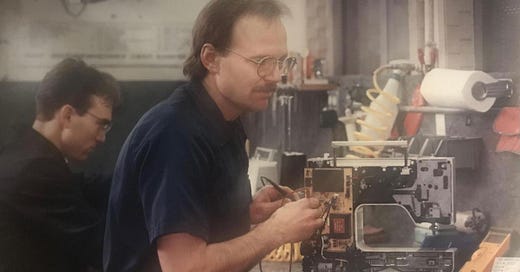



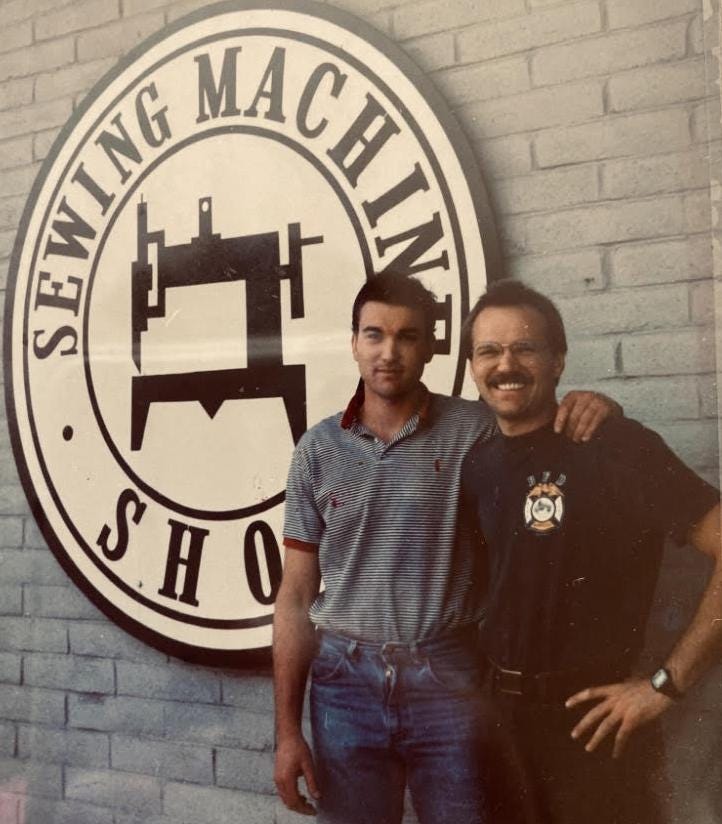
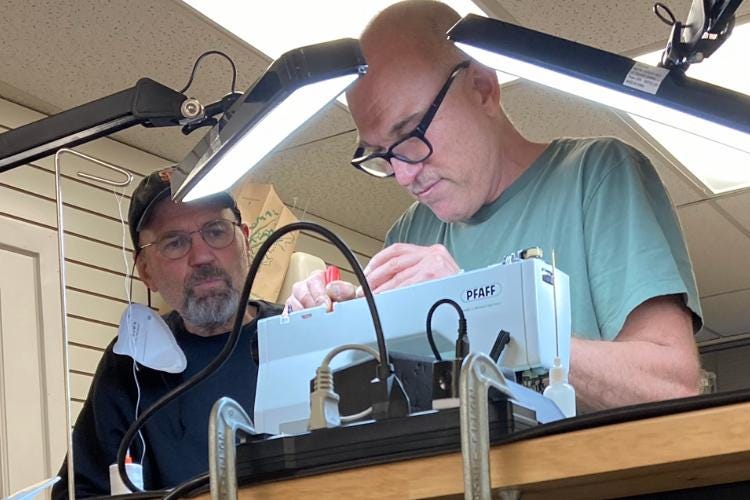
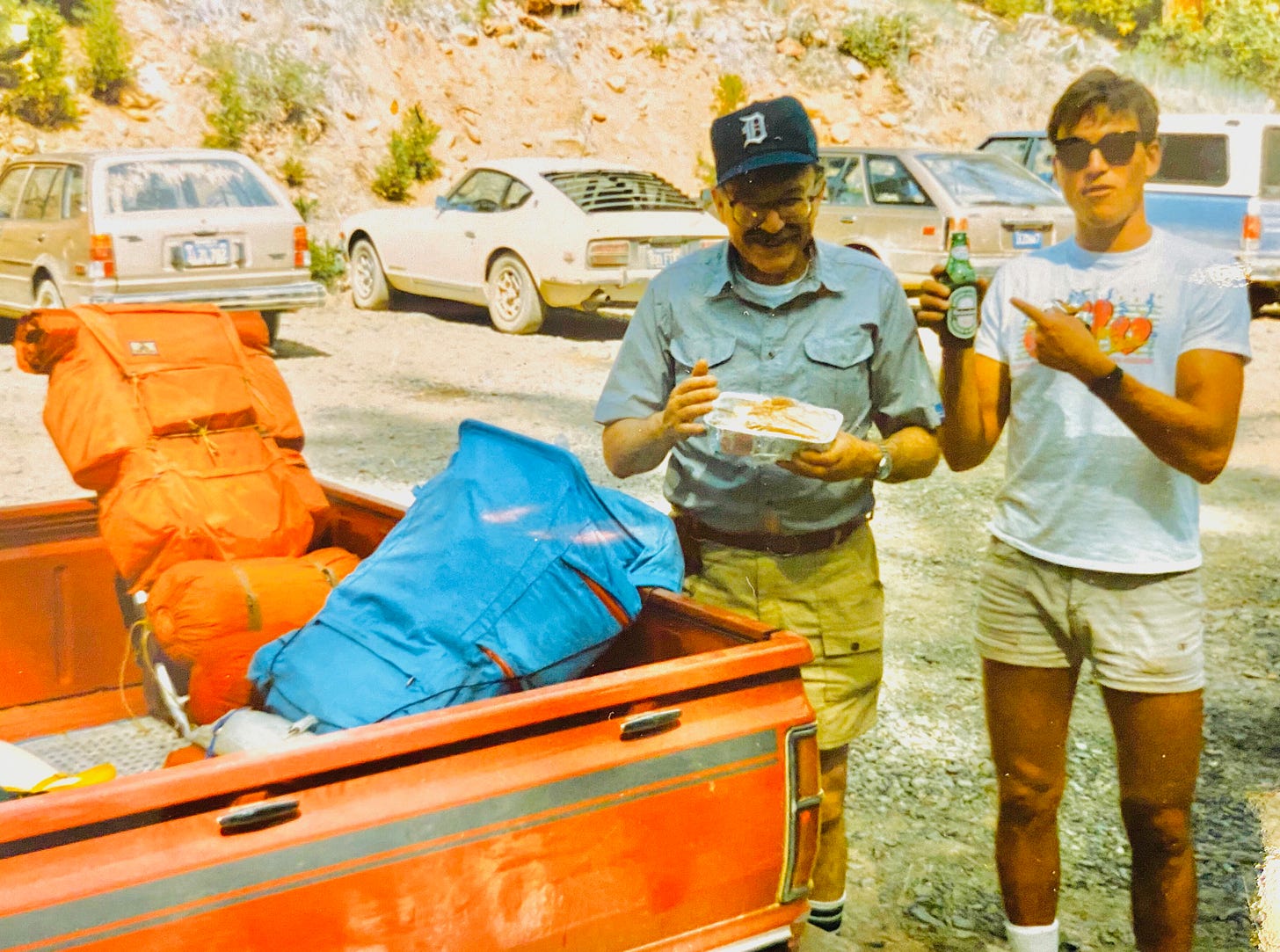
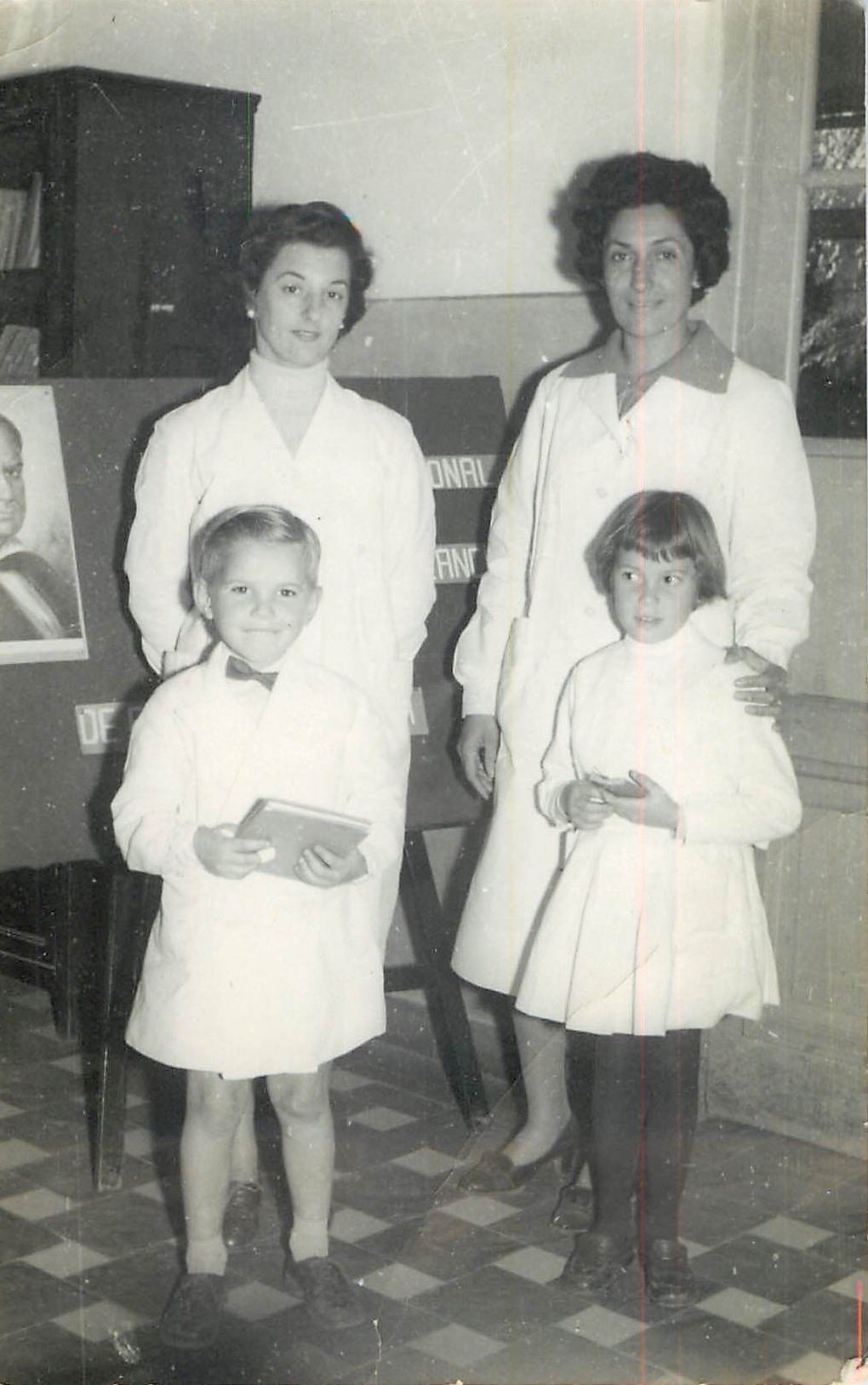

Very interesting info about your family and the sewing machine business!! You should buy yourself your own machine and learn how to sew, embroider and quilt. You might be surprised at how much fun it is!
Hi Gale. Great story and some insight from your family, on how they became sewing machine repair people. I loved it.
From my experience, you are way more experienced than those who where trained, hands on, from a young age have the advantage to those who think we can learn it in university, then try to be great technicians. You guys are a dying profession.
To bad all those famous sewing factories are not here anymore.